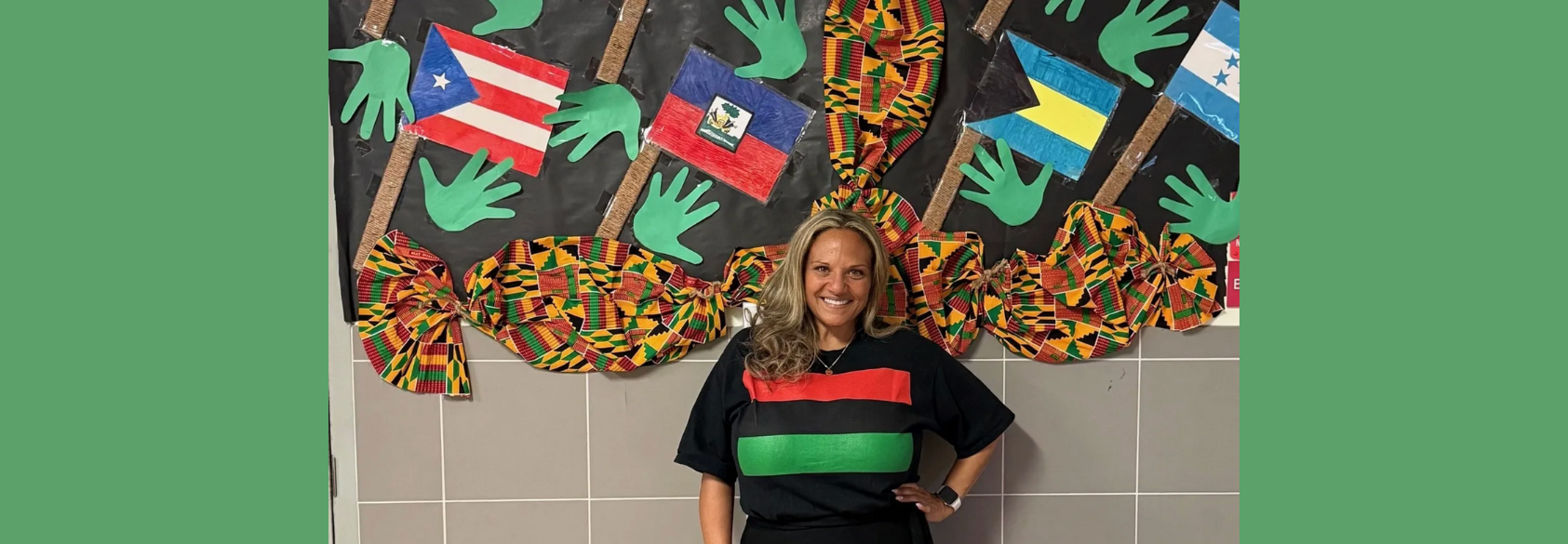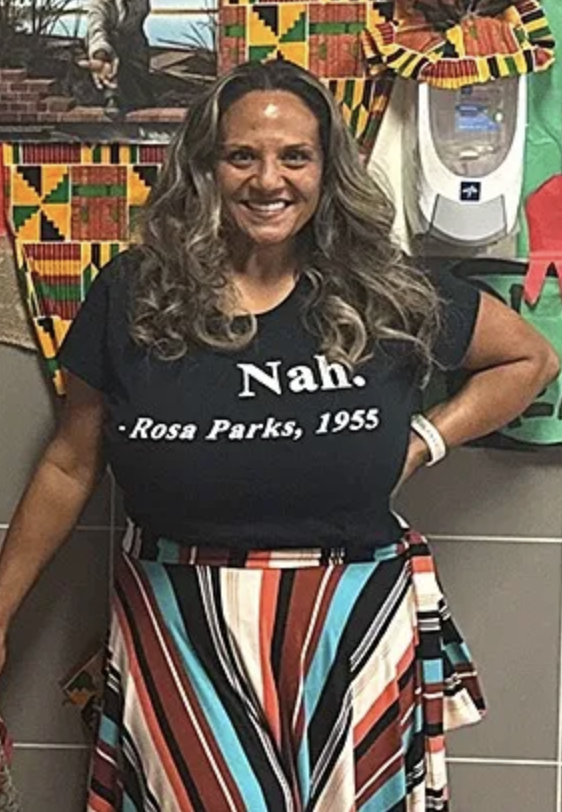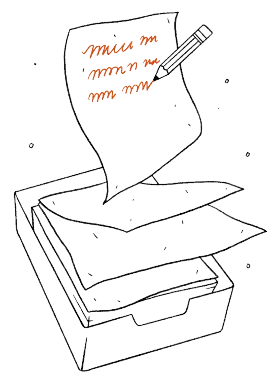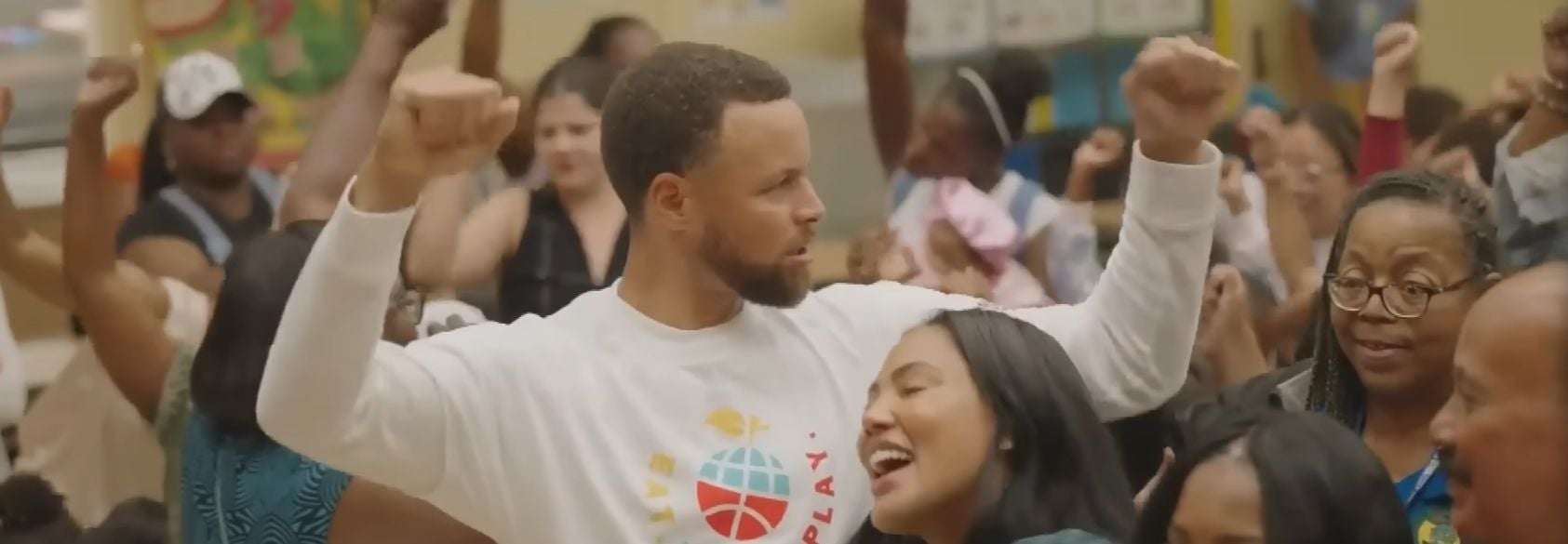By Renee O’Connor
It happened in the middle of fourth period.
We were deep into a lesson on the terror of lynching, discussing the legacy of racial violence in America. I had just shown my students an image of the Equal Justice Initiative’s National Memorial for Peace and Justice, where steel columns hang from the ceiling, each engraved with the name of a county where lynchings took place. The room was still, heavy with the weight of history.
And then, from the back of the room, a student’s voice cut through the silence. “Why do they hate us so much?”
I froze. I had no answer. I stood there, gripping the edge of my desk, as my throat tightened. It wasn’t the first time I’d been asked a question like this, but something about the way he said it — soft, bewildered, tired — hit me differently that day.
The silence stretched. The other students waited for me to respond. But what could I say? How do you answer a question like that? After a long moment, I took a deep breath and steadied myself. And in that pause, I remembered why I do this work.












